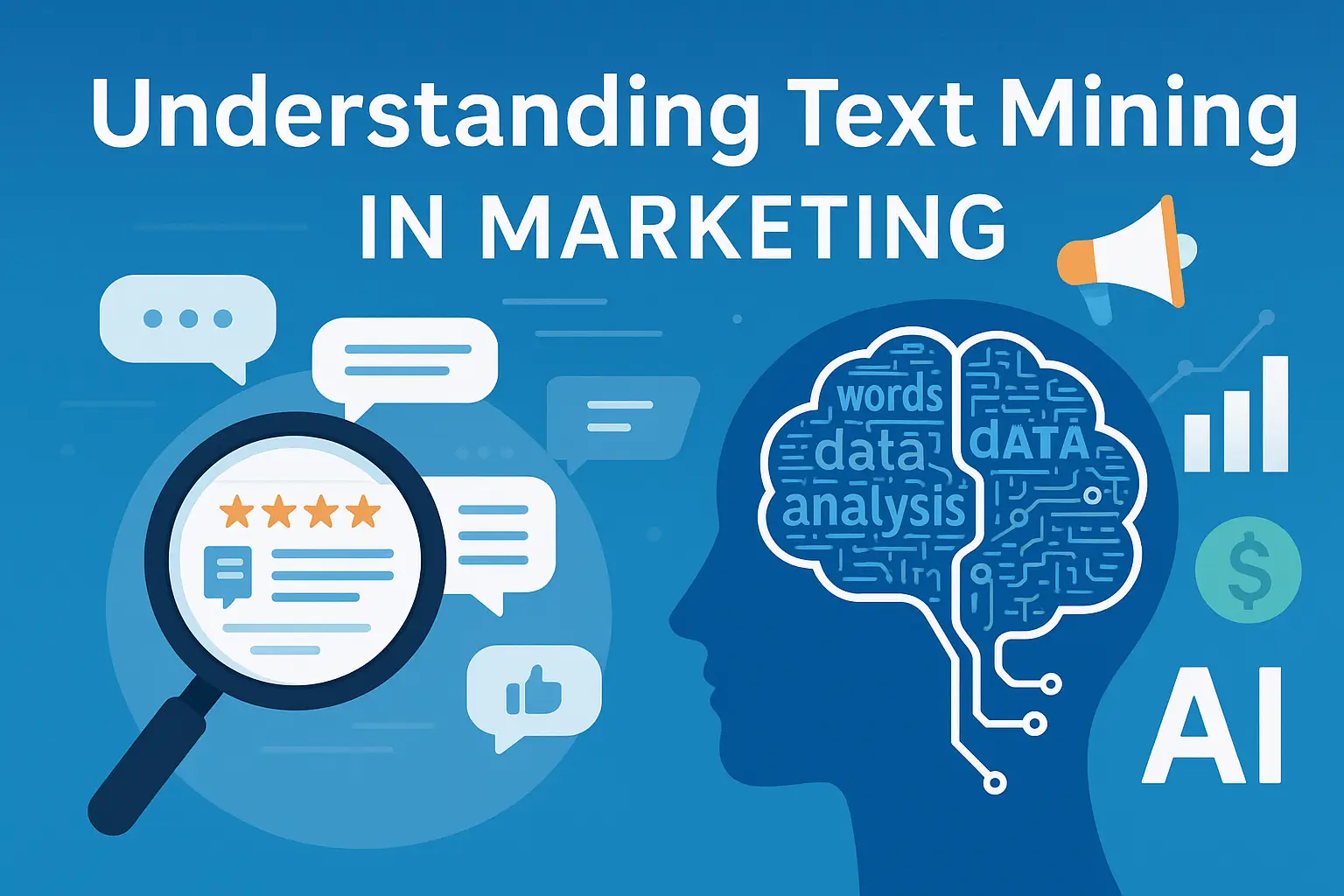Introduction
Competitive analysis is crucial in understanding your market position. By using Natural Language Processing (NLP) tools, companies can extract valuable insights from competitors' content. NLP allows marketers to analyze vast amounts of text data, such as reviews, articles, and product descriptions, to identify trends, sentiments, and emerging threats.
Why Use NLP for Competitive Analysis?
NLP tools allow businesses to gain insights from competitors' public-facing content and uncover valuable information. Through text mining, sentiment analysis, and keyword extraction, NLP can be used to understand how competitors are positioning themselves in the market and the perception of their brand.
For example, let’s consider a sentiment analysis of customer reviews. The sentiment score for a competitor’s product can be calculated using:
\\[ S = \\frac{P - N}{T} \\]
Where:
- \\(S\\) = Sentiment score
- \\(P\\) = Number of positive comments
- \\(N\\) = Number of negative comments
- \\(T\\) = Total number of comments
This formula helps quantify how customers perceive a product, which is essential for competitive analysis.
Key NLP Tools for Competitive Analysis
Several NLP tools can help automate and streamline the process of competitive analysis. Some of the most popular tools include:
- TextBlob: A simple library for processing textual data, including sentiment analysis, part-of-speech tagging, and noun phrase extraction.
- spaCy: A powerful library for advanced NLP tasks such as entity recognition, dependency parsing, and text classification.
- NLTK: A comprehensive toolkit for natural language processing, which includes functionalities for tokenization, parsing, and text mining.
By utilizing these tools, companies can analyze competitors' customer feedback, product reviews, and social media posts to track market sentiment and identify business opportunities.
Practical Applications in Competitive Analysis
- Sentiment Analysis: Analyzing customer feedback about competitors' products can reveal customer satisfaction and areas for improvement. You can find more on sentiment analysis in our post on Sentiment Analysis in Marketing.
- Keyword Extraction: By extracting keywords from competitors' content, businesses can discover the most relevant topics in their industry. This helps in adjusting marketing strategies accordingly.
- Market Trend Analysis: NLP tools help analyze trends in the market by looking at large volumes of competitor data, including press releases, blog posts, and customer feedback.
Example: Competitor Review Sentiment Analysis
Let’s see how sentiment analysis can be applied in a competitive analysis scenario. Suppose you're monitoring customer reviews of a competitor's product. You want to analyze how customers feel about a new feature in the product. Using TextBlob in Python, you can classify the reviews as positive, neutral, or negative:
from textblob import TextBlob
# Sample customer reviews
reviews = ["Great product, very useful!", "Not satisfied with the feature.", "It's okay, but could be better."]
# Perform sentiment analysis
for review in reviews:
sentiment = TextBlob(review).sentiment.polarity
print(f"Review: {review} | Sentiment: {sentiment}")
This script will output sentiment scores, helping you assess how the competitor’s product is being received in the market.
Enhancing Your Competitive Strategy
After analyzing competitors using NLP, the next step is to leverage this information to enhance your marketing strategy. Here’s how you can improve your approach:
- Adjust Product Messaging: Use insights from sentiment analysis to refine your product messaging and highlight features that resonate most with customers.
- Identify Gaps: Analyze competitors' strengths and weaknesses. If competitors lack features that customers want, use this information to improve your own product offering.
- Refine Target Audience: Use NLP to understand which audience segments are engaging with competitors, then tailor your campaigns to attract the same group.
Challenges in Competitive Analysis Using NLP
While NLP is a powerful tool, there are some challenges when using it for competitive analysis:
- Data Availability: Not all competitors’ content is publicly available, making it harder to analyze them comprehensively.
- Accuracy of Sentiment Analysis: NLP sentiment analysis is not always 100% accurate, especially when dealing with sarcasm or ambiguous statements. Check out how we handle sarcasm detection in our post on Building Sarcasm Detection Models.
- Contextual Understanding: NLP tools sometimes struggle to understand the full context of text, which can affect the analysis.
Conclusion
Competitive analysis is crucial for staying ahead in the market, and NLP tools provide businesses with a powerful way to extract valuable insights from competitors’ content. By leveraging sentiment analysis, keyword extraction, and trend analysis, companies can refine their strategies and make data-driven decisions that improve their position in the market.
To stay competitive, it’s essential to continually monitor the market and adjust your strategies based on insights gathered from your NLP tools. For more information on how to utilize NLP in business, check out our guide on Competitive Analysis Using NLP Tools.








